Introduction
About This Manual
Contents
ScanSnap Overview
Features of the ScanSnap
Names and Functions of Components
Front View
Rear View
System Requirements
Windows
Mac OS
Turning the ScanSnap On/Off
Paper Sizes of Documents to Be Scanned
Loading Documents
Basic Flow of Operations
Installing the Software
For S1500
Supplied Software
Installing Adobe Acrobat
Installing ScanSnap Manager on Mac OS
Installing Trial Version Software
For S1500M
Supplied Software
Installing Adobe Acrobat
Installing ScanSnap Manager on Windows
Using the ScanSnap (for Windows Users)
ScanSnap Manager Icon and Operations
Right-Click Menu
Left-Click Menu
How to Perform a Scan
Preparation
Using the Quick Menu
Without Using the Quick Menu
Finishing ScanSnap Operation
Setting the ScanSnap
Changing Scanning Settings
Saving Scanning Settings
Automatic Interaction with Applications
Showing the Scan Progress Status
About Actions
Saving Data in the Specified Folder
Sending Files by E-Mail
Using the ScanSnap as a Copy Machine
Saving Files to Picture Folder
Converting into Word/Excel/PowerPoint Documents
Scanning Business Cards
Saving Data in SharePoint
Saving to Rack2-Filer
Using the ScanSnap in Various Ways
Scanning Only One Side of a Document
Scanning Color Documents in Black and White or Gray Mode
Scanning Color Documents in High Compression Mode
Removing Blank Pages from the Scanned Image Data
Correcting Skewed Character Strings
Correcting the Orientation of Scanned Images
Scanning Documents of Differing Widths or Sizes at the Same Time
Scanning Documents Larger Than A4/Letter Size
Scanning Photographs and Irregular-shaped Documents
Scanning Long Pages
Saving Scanned Images in Multiple PDF Files
Creating Searchable PDF Files
Automatically Setting Keywords to PDF Files
Setting Document Open Passwords for PDF Files
Using the ScanSnap (for Mac OS Users)
ScanSnap Manager Icon and Operations
ScanSnap Manager Menu
[Profile] Menu
How to Perform a Scan
Preparation
Using the Quick Menu
Without Using the Quick Menu
Finishing ScanSnap Operation
Setting the ScanSnap
Changing Scanning Settings
Saving Scanning Settings
Automatic Interaction with Applications
Showing the Scan Progress Status
About Actions
Saving Data in the Specified Folder
Sending Files by E-Mail
Using the ScanSnap as a Copy Machine
Converting into Word/Excel Documents
Scanning Business Cards
Saving Data in iPhoto
Using the ScanSnap in Various Ways
Scanning Only One Side of a Document
Scanning Color Documents in Black and White or Gray Mode
Removing Blank Pages from the Scanned Image Data
Correcting Skewed Character Strings
Correcting the Orientation of Scanned Images
Scanning Documents of Differing Widths or Sizes at the Same Time
Scanning Documents Larger Than A4/Letter Size
Scanning Photographs and Irregular-shaped Documents
Scanning Long Pages
Saving Scanned Images in Multiple PDF Files
Creating Searchable PDF Files
Automatically Setting Keywords to PDF Files
Troubleshooting
Clearing Document Jams
Troubleshooting for Multifeed
When a Multifeed Is Detected
Troubleshooting Checklist
Daily Care
Cleaning Materials
Cleaning the ScanSnap Exterior
Cleaning the Inside of the ScanSnap
Cleaning Carrier Sheet
Consumables
Part Numbers and Replacement Cycle of Consumables
Replacing the Pad Assembly
Replacing the Pick Roller
Purchasing the Carrier Sheet
Appendix
Updating ScanSnap Manager
Updating on a Windows OS
Updating on a Mac OS
Uninstalling the Software
Uninstalling on a Windows OS
Uninstalling on a Mac OS
Setting Items With/Without Quick Menu
Installation Specifications
Index
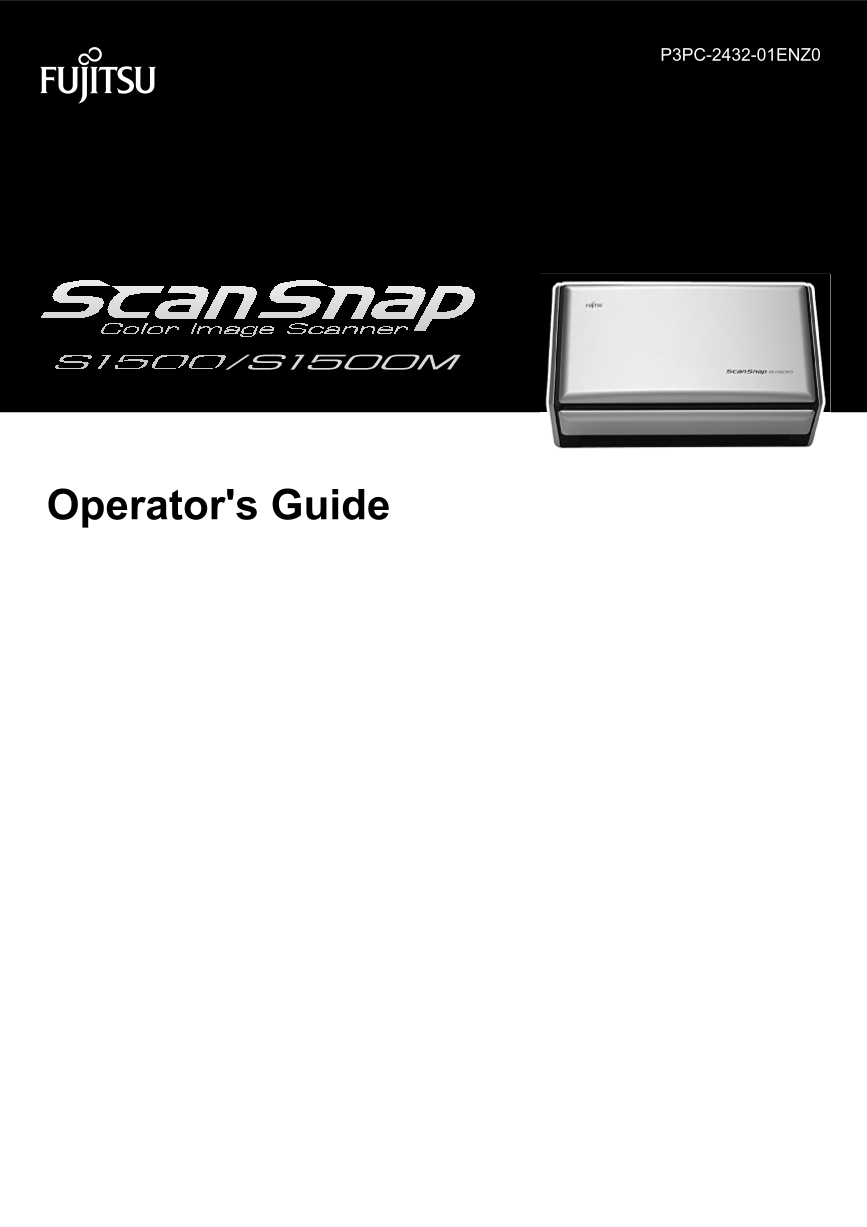
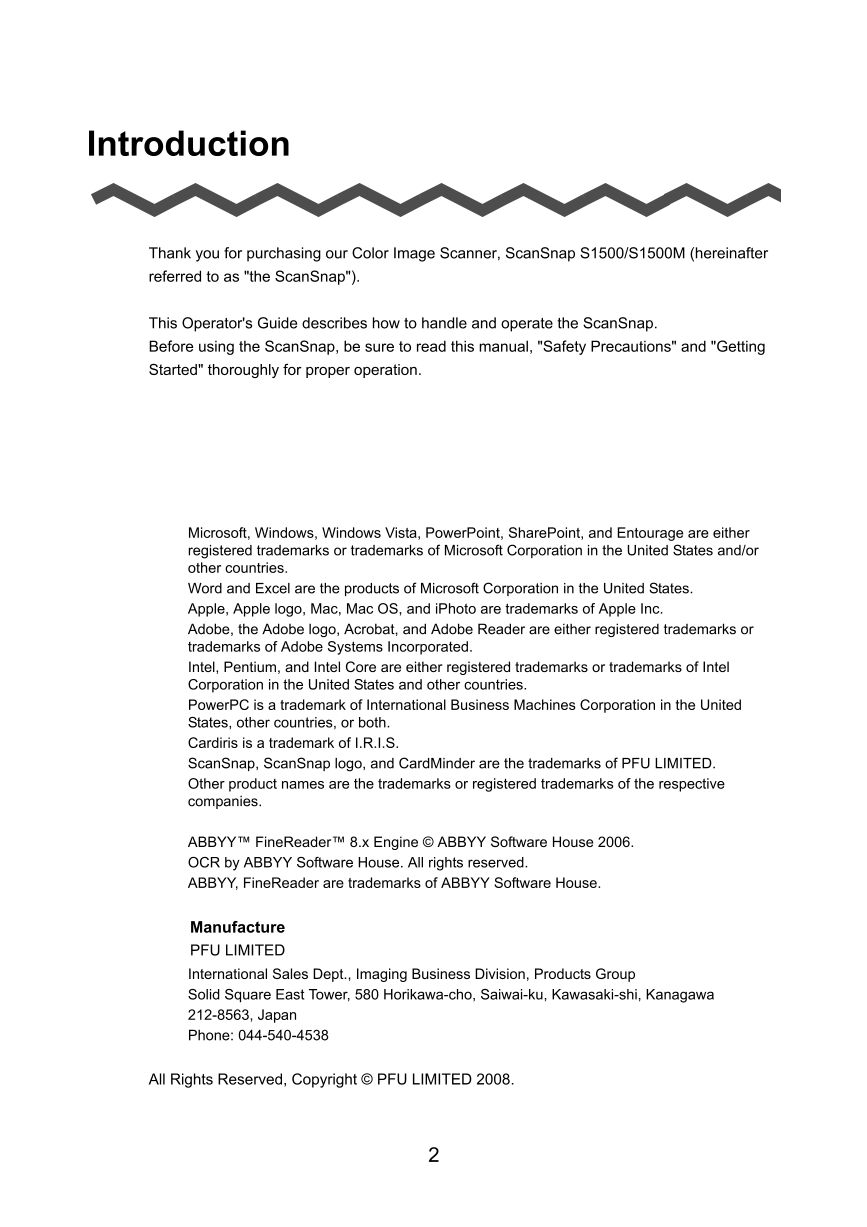

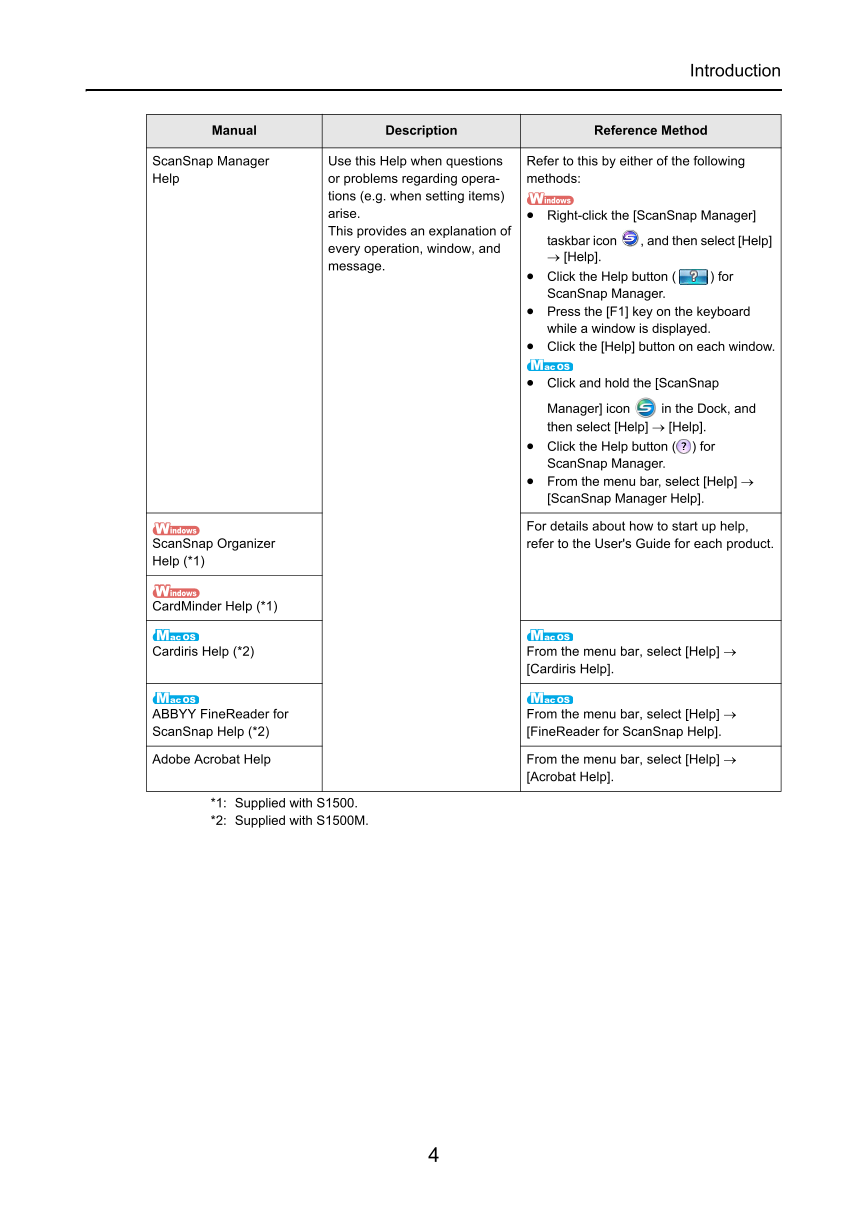
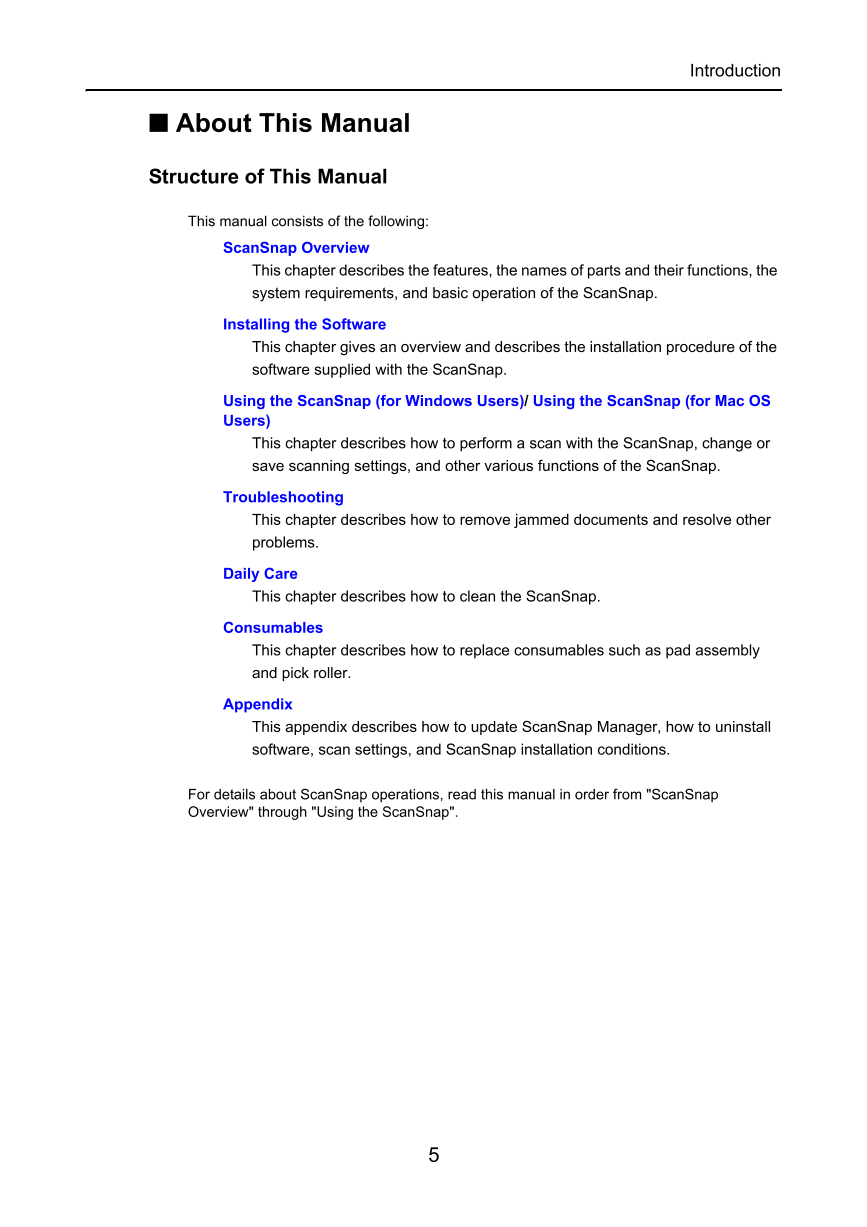
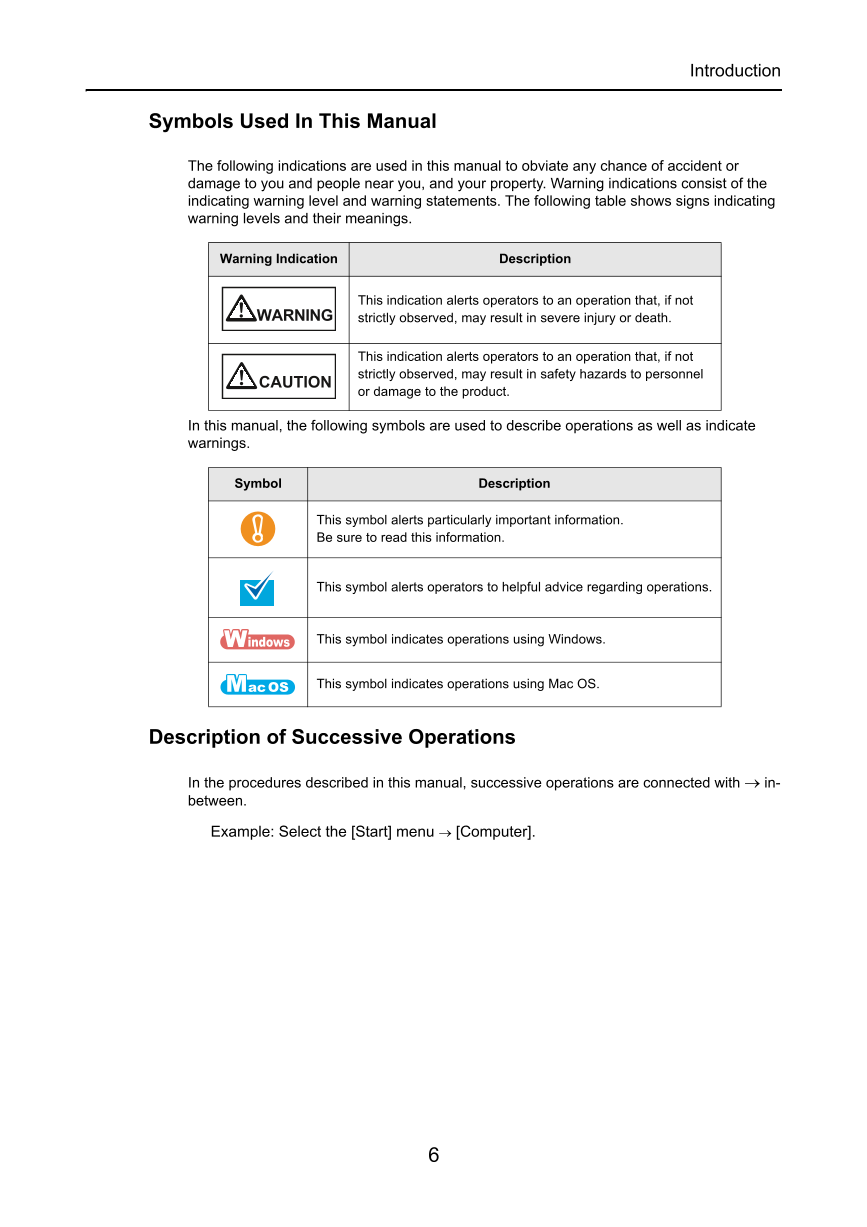
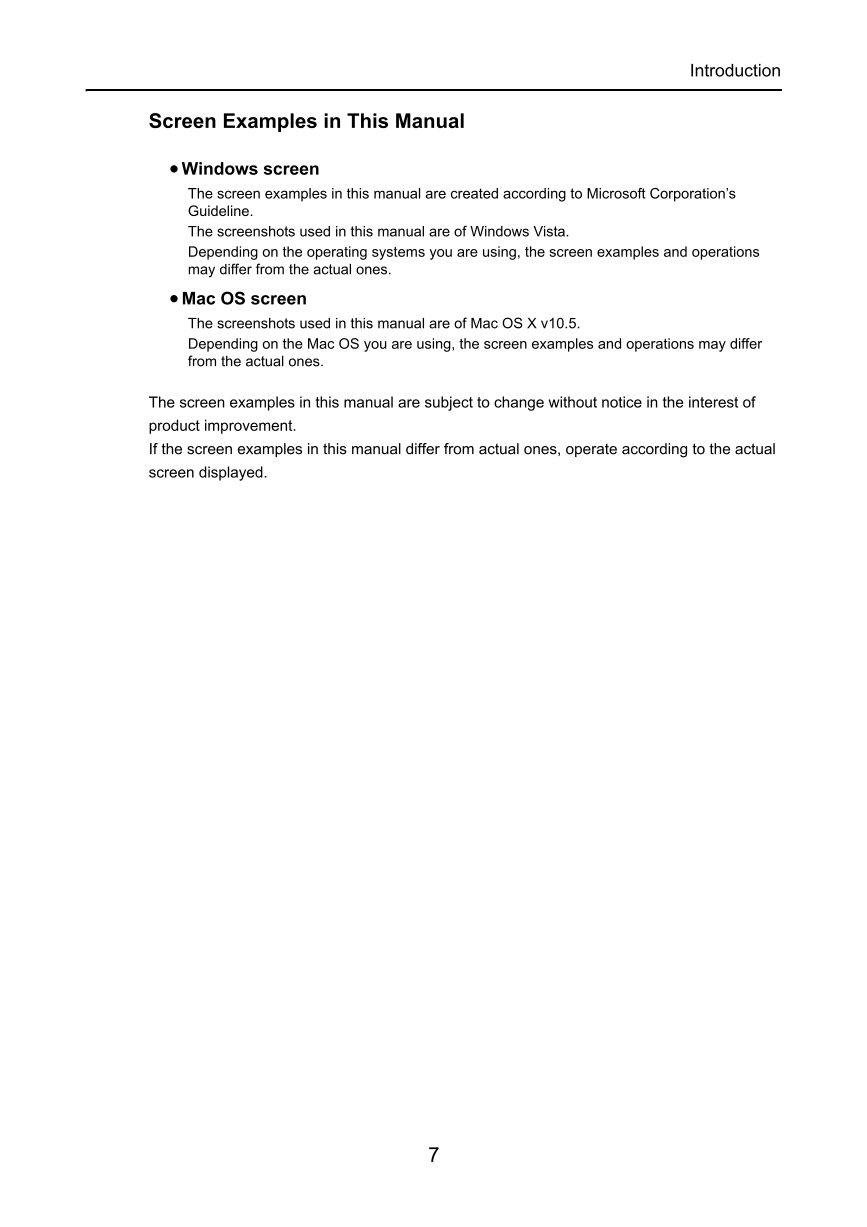









 V2版本原理图(Capacitive-Fingerprint-Reader-Schematic_V2).pdf
V2版本原理图(Capacitive-Fingerprint-Reader-Schematic_V2).pdf 摄像头工作原理.doc
摄像头工作原理.doc VL53L0X简要说明(En.FLVL53L00216).pdf
VL53L0X简要说明(En.FLVL53L00216).pdf 原理图(DVK720-Schematic).pdf
原理图(DVK720-Schematic).pdf 原理图(Pico-Clock-Green-Schdoc).pdf
原理图(Pico-Clock-Green-Schdoc).pdf 原理图(RS485-CAN-HAT-B-schematic).pdf
原理图(RS485-CAN-HAT-B-schematic).pdf File:SIM7500_SIM7600_SIM7800 Series_SSL_Application Note_V2.00.pdf
File:SIM7500_SIM7600_SIM7800 Series_SSL_Application Note_V2.00.pdf ADS1263(Ads1262).pdf
ADS1263(Ads1262).pdf 原理图(Open429Z-D-Schematic).pdf
原理图(Open429Z-D-Schematic).pdf 用户手册(Capacitive_Fingerprint_Reader_User_Manual_CN).pdf
用户手册(Capacitive_Fingerprint_Reader_User_Manual_CN).pdf CY7C68013A(英文版)(CY7C68013A).pdf
CY7C68013A(英文版)(CY7C68013A).pdf TechnicalReference_Dem.pdf
TechnicalReference_Dem.pdf